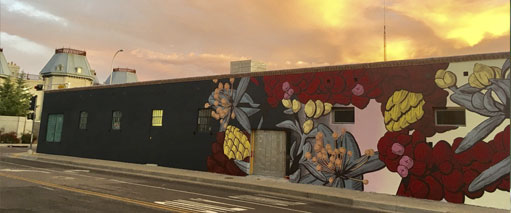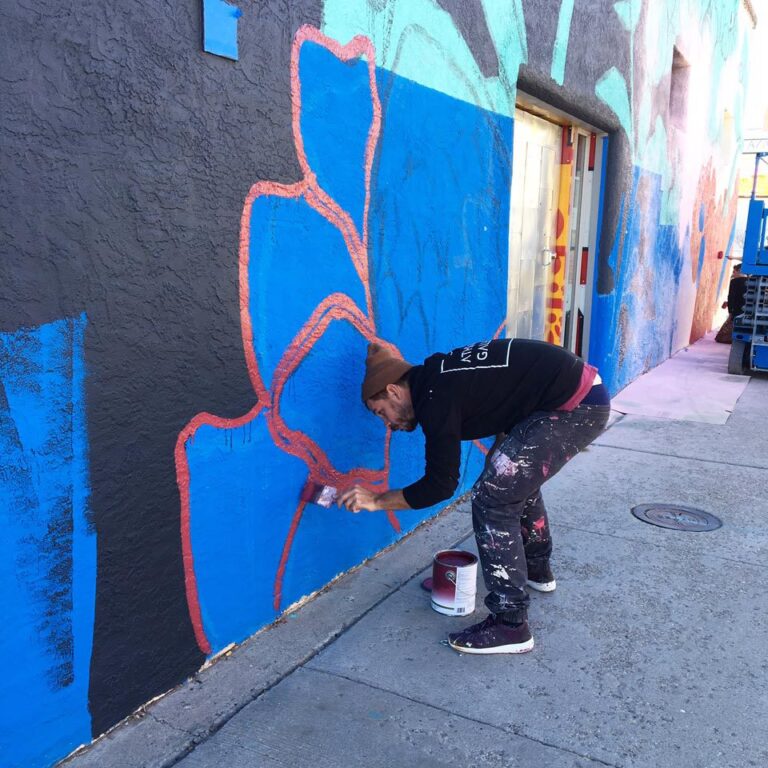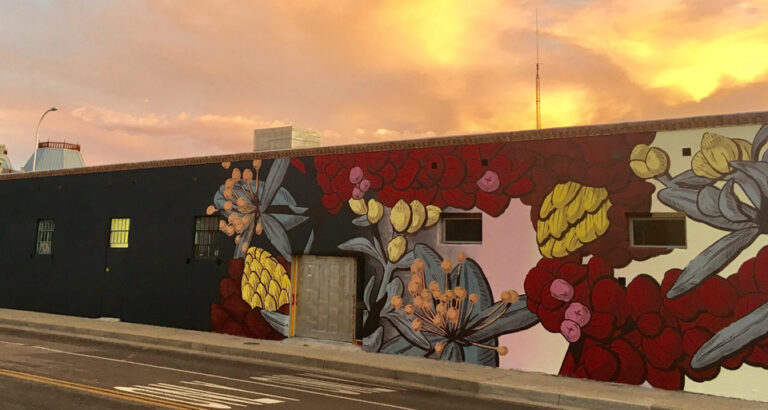Culture Shock: The Beauty Of Wild Weeds
Colossal Botanical Murals Flourish Downtown


Pastel works on the mural at the Sanitary Tortilla Factory
Valerie Roybal

The new mural, by Argentinian artist Pastel, at the Sanitary Tortilla Factory
Suzanna Sbarge








